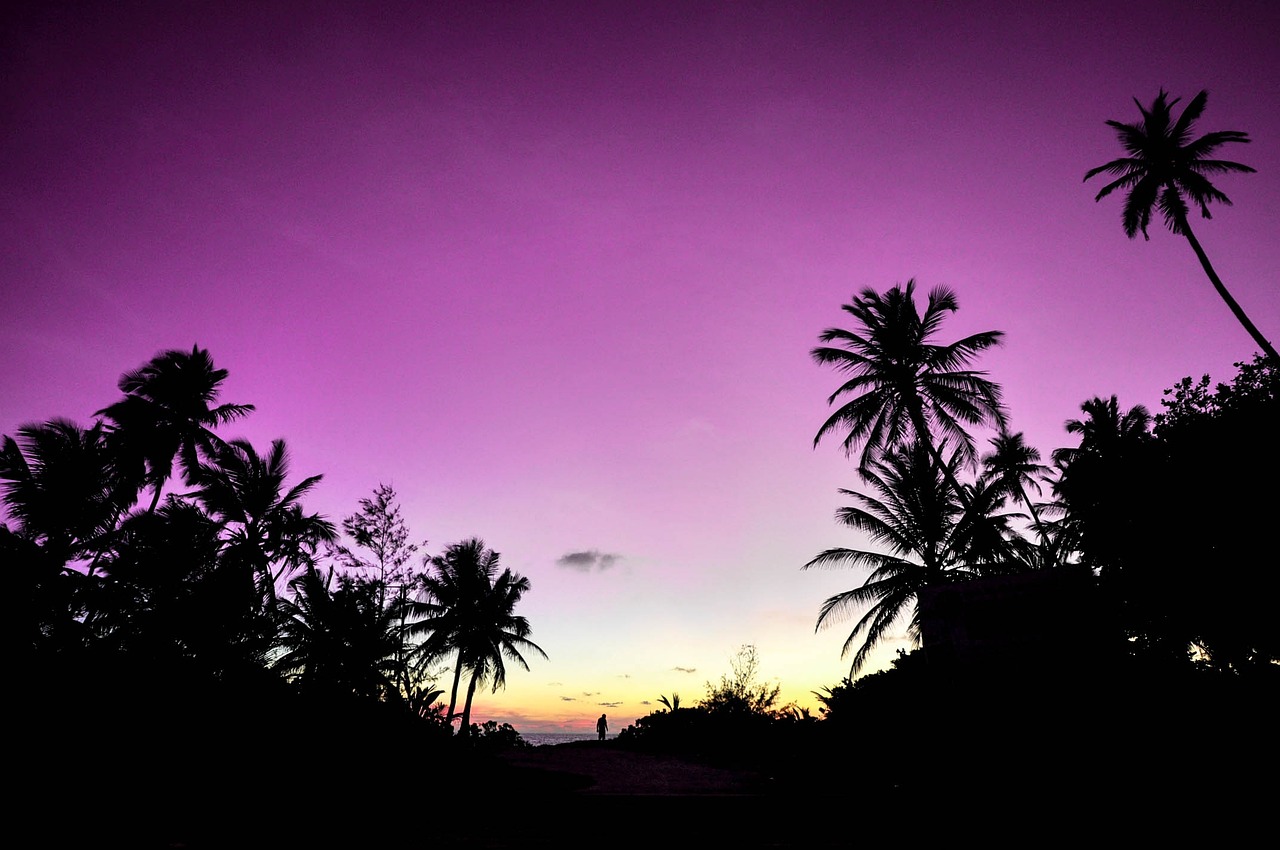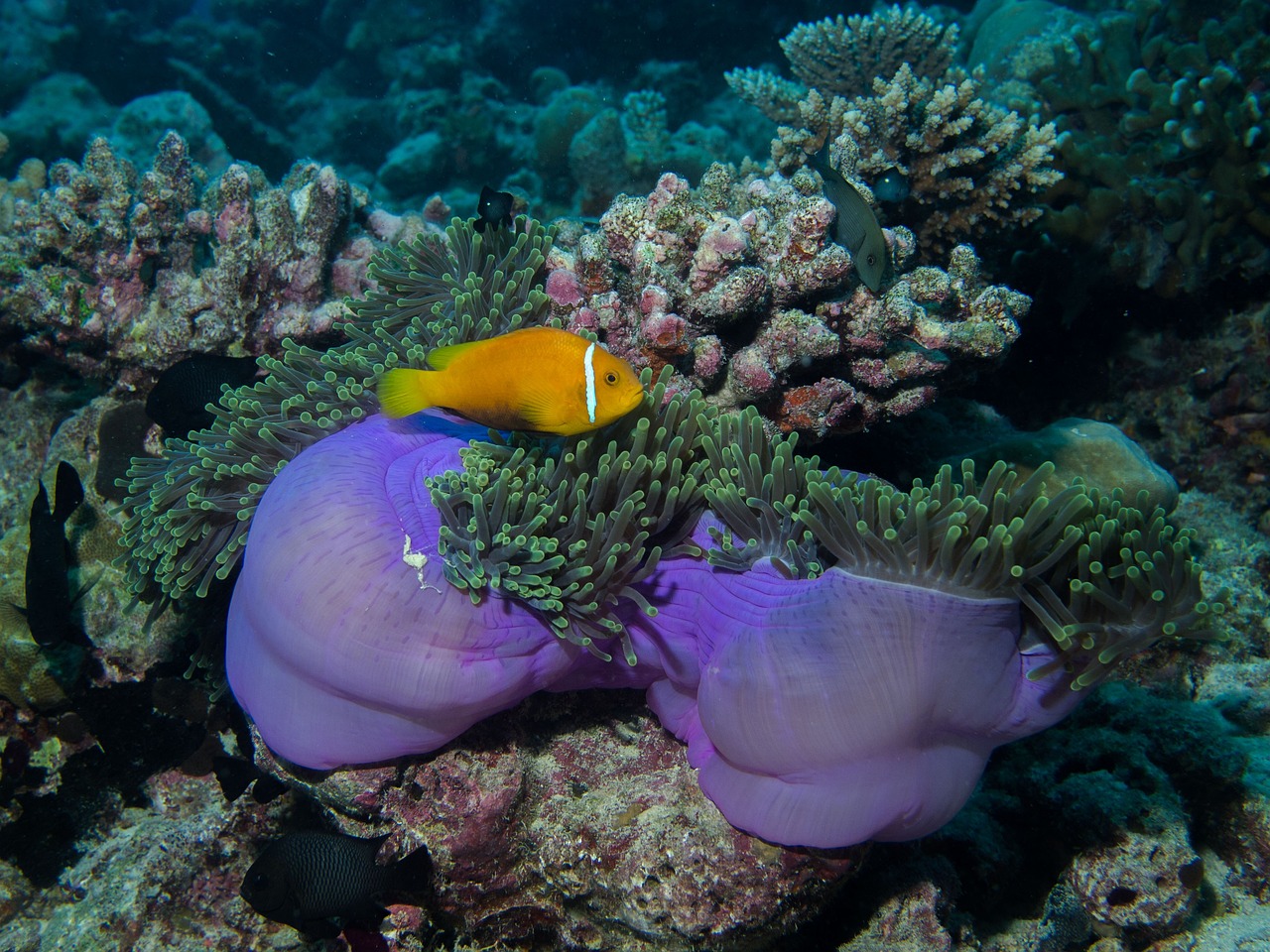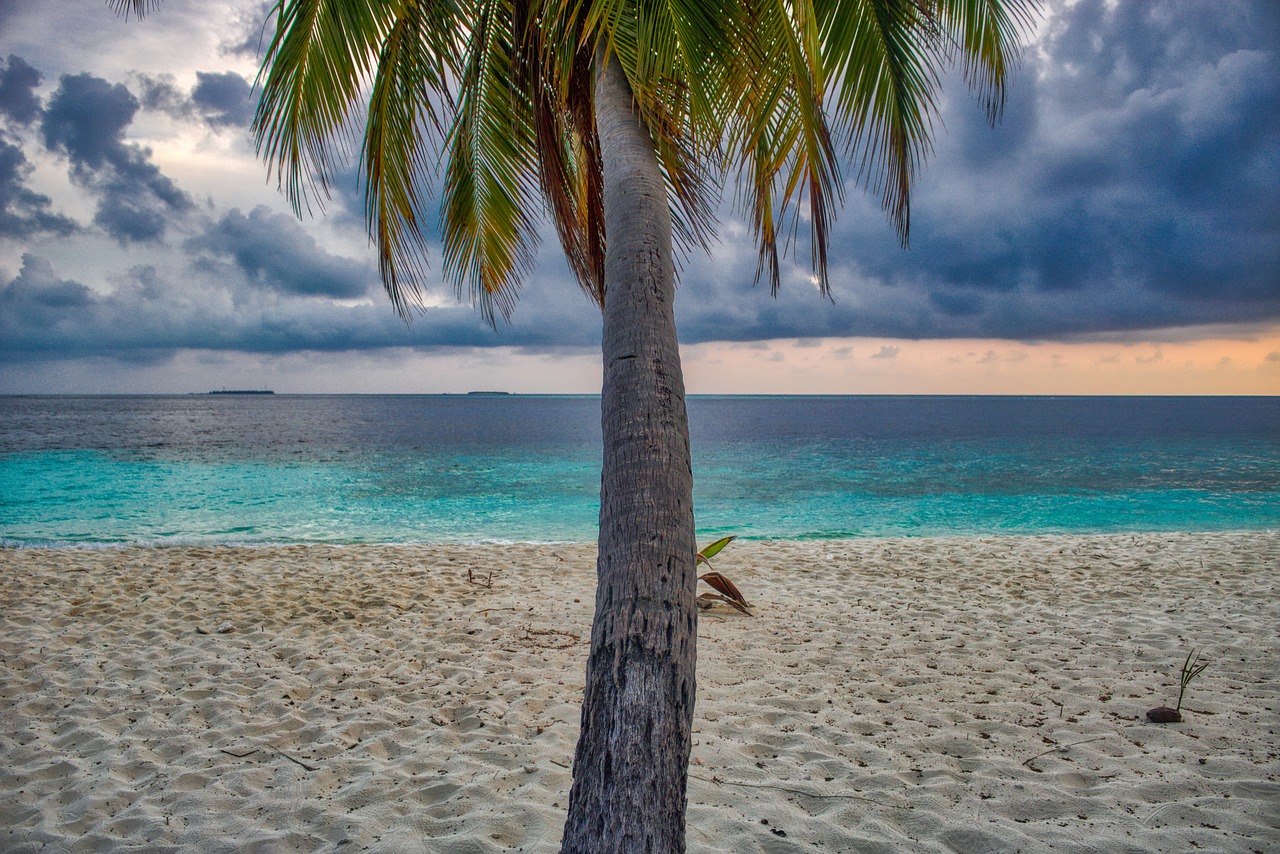Weathering Maldives: Seasonal Changes and What to Expect
The Maldives, located in the Indian Ocean, is a tropical paradise known for its stunning beauty and crystal-clear waters. As a popular tourist destination, it’s essential to understand the seasonal changes and weather patterns before planning your trip. In this article, we will explore the different seasons in the Maldives and provide detailed information on what to expect during each period.
Monsoon Season: May to October
During the monsoon season in the Maldives, which typically lasts from May to October, the weather can be characterized by heavy rainfall and strong winds. This period is also known as the southwest monsoon. The monsoon season brings occasional storms and rough seas, making it less ideal for outdoor activities such as snorkeling and diving. However, it’s worth noting that the Maldives is composed of multiple islands, and while some may experience more rainfall, others might have less precipitation.
- Heavy Rainfall: The monsoon season is associated with increased rainfall, with some islands experiencing significant downpours. This can lead to occasional flooding in low-lying areas.
- Strong Winds: The southwest monsoon brings along strong winds, which can create choppy waters and affect water-based activities.
- Lower Tourist Numbers: Due to the less favorable weather conditions, the monsoon season sees a decrease in tourist numbers, resulting in more affordable accommodation rates and fewer crowds.
- Lush Greenery: Despite the rain, the monsoon season brings lush greenery to the islands, making them even more picturesque.
Dry Season: November to April
The dry season in the Maldives, also known as the northeast monsoon, typically spans from November to April. During this period, the weather is characterized by clear skies, calm seas, and lower humidity. The dry season is considered the peak tourist season in the Maldives due to the favorable weather conditions.
- Mild Temperatures: The dry season offers pleasant temperatures, with average highs ranging from 28 to 31 degrees Celsius (82 to 88 degrees Fahrenheit).
- Clear Skies: The northeast monsoon brings clear skies, allowing visitors to enjoy uninterrupted sunshine and stunning sunsets.
- Excellent Diving and Snorkeling Conditions: The calm seas and improved visibility during the dry season make it the perfect time for underwater activities.
- Peak Tourist Season: The dry season attracts a large number of tourists, resulting in higher accommodation rates and more crowded tourist spots. It’s advisable to book well in advance during this period.
Transitional Seasons: April to May and October to November
The transitional seasons in the Maldives, which occur between the monsoon and dry seasons, bring a mix of weather conditions. These periods can be considered as shoulder seasons, with some characteristics of both the monsoon and dry seasons.
- Variable Weather: During the transitional seasons, the weather can be quite unpredictable, with a mix of sunny days and occasional rainfall.
- Less Crowded: As these seasons fall between the peak tourist periods, there are fewer visitors, resulting in quieter beaches and more relaxed atmospheres.
- Lower Accommodation Rates: Many resorts and hotels offer discounted rates during the transitional seasons, making it an attractive time for budget-conscious travelers.
- Potential for Water Sports: While the weather can be variable, there are still opportunities to engage in water sports activities such as snorkeling and diving.
Image 1

Wet Season: November to April
The wet season in the Maldives, which coincides with the dry season, is characterized by higher humidity and occasional rainfall. While the rain during this period is not as intense as during the monsoon season, visitors should still expect some showers.
- Increased Humidity: The wet season brings higher humidity levels, which can make the weather feel hotter.
- Occasional Rainfall: Despite being the dry season, the Maldives experiences occasional showers during this period. These showers are usually brief and do not last for prolonged periods.
- Less Crowded: The wet season sees fewer tourists compared to the peak dry season, providing a more relaxed and intimate vacation experience.
- Lower Accommodation Rates: As the wet season is considered the shoulder season, many resorts and hotels offer discounted rates, making it an attractive option for budget travelers.
Image 2

Conclusion
Understanding the seasonal changes and weather patterns in the Maldives is crucial for planning a successful trip. Whether you prefer calm seas and clear skies during the dry season or are willing to embrace occasional showers during the wet season, the Maldives offers a tropical paradise all year round. Each season has its own unique charm, and by considering the weather conditions, you can make the most of your visit to this breathtaking destination.
References
– Visit Maldives: visitmaldives.com
– Maldives Meteorological Service: met.gov.mv
– Lonely Planet: lonelyplanet.com/maldives


